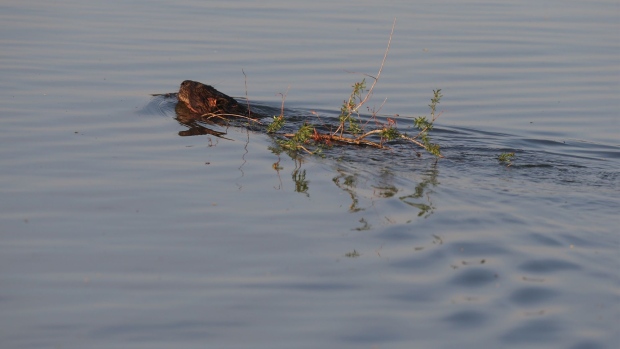Flood Risk Threatens to Delay Wheat Sowing in Dakotas, Minnesota
, Bloomberg News

(Bloomberg) -- The risk of major flooding in the fertile Red River Valley and continued snow cover across Minnesota and North Dakota threaten to delay planting across the region for weeks, U.S. government forecasters said in a call with reporters.
Heavy snow and saturated soils mean The Red River of the North, which serves as the border between the two states and flows on into Manitoba, including through downtown Winnipeg, will likely see the worst flooding in the U.S. this spring, the meteorologists said in a seasonal forecast Thursday.
“In short, expect planting delays,” said Brad Rippey, a meteorologist with the U.S. Department of Agriculture and an author with the U.S. Drought Monitor. “There will be a few weeks of planting delays as we get into April.”
The specter of floods in the Red River Valley, considered one of the most fertile areas of the world, is threatening to delay spring sowing just as planting in major producer Ukraine is in doubt because of the Russian invasion.
The prospect of crimped wheat output raises the chance that prices will continue to skyrocket and exacerbate worldwide food inflation. Wheat prices soared to a record in early March, and a report from the United Nations says food prices have already hit record highs and could surge higher amid fears of supply shortfalls in the wake of the war in Ukraine.
Production from farmers in the Red River Valley will be important after drought last year parched wheat fields in key growing areas of the U.S., visibly stunting crops and severely curtailing output. Growers in states such as North Dakota were expected to boost plantings of spring wheat in the coming weeks, according to a survey this week from Allendale Inc.
There’s also the potential for rivers to rise across Indiana and along the Mississippi and its tributaries. Given the flat topography in the Dakotas and western Minnesota, melting snows can leave fields covered with ponds or deep with mud, which hinders farmers from being able to get crops such as wheat, corn and soybeans planted. The Red River also rolls through parts of eastern South Dakota.
Flooding along the river has caused planting problems in the past, as well as damaging homes and businesses throughout the region, including Fargo and Winnipeg.
©2022 Bloomberg L.P.
No comments:
Post a Comment